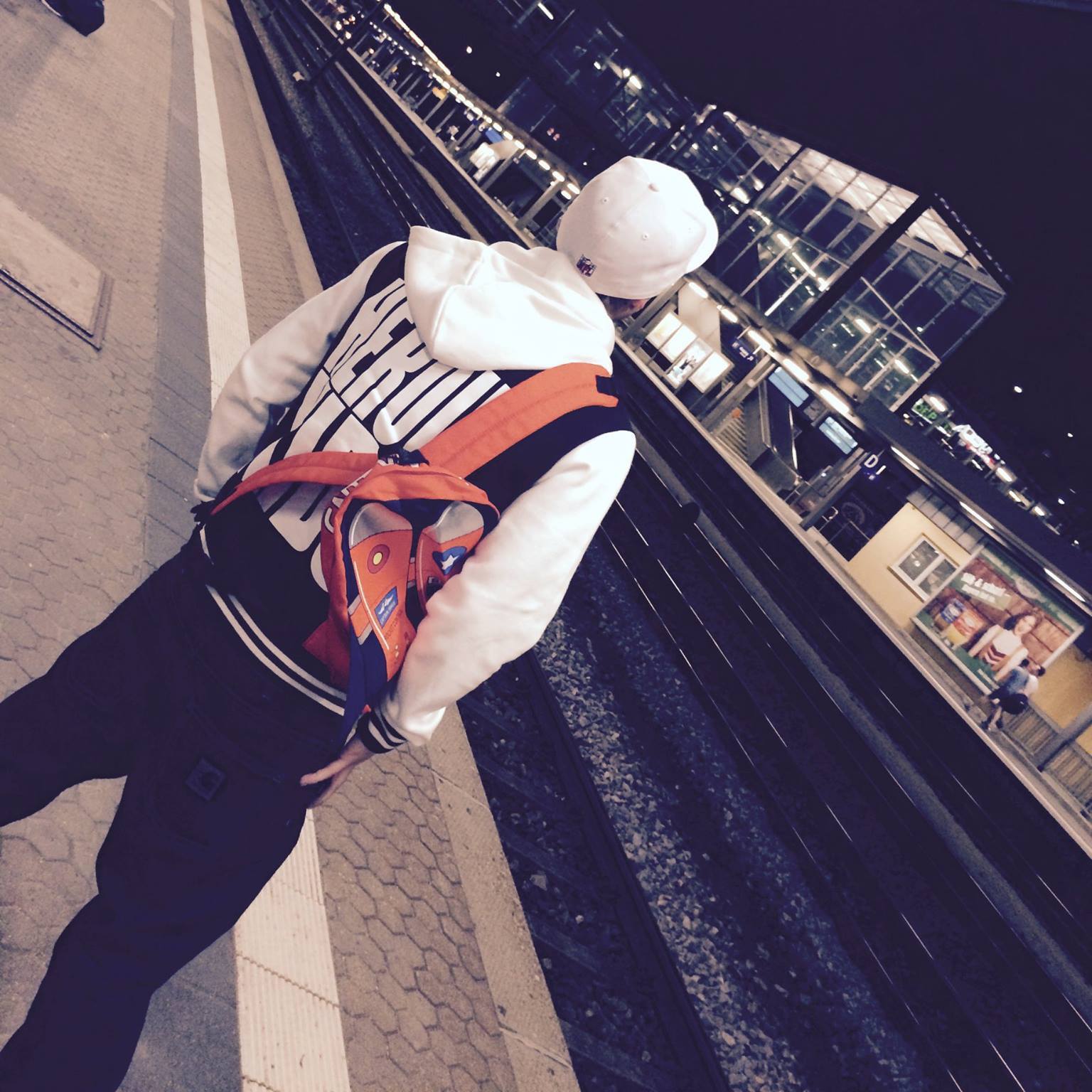Memories from childhood: exhibition in Eller Castle enthusiastic!
Experience the exhibition "Childhood after the War" in the AK Forum Eller, which reflects personal and local history.

Memories from childhood: exhibition in Eller Castle enthusiastic!
In the heart of Düsseldorf there is currently a deep examination of childhood after the war. The exhibition in the "AK-Forum" at Eller Castle enthusiastically and disturbed at the same time. Visitors to all ages experience the exhibits very differently. While the older years indulge in memories, especially those from 1965, younger guests who were born after 1999 often show an stunned lack of understanding of the impressions.
Over 300 exhibits, organized by Dorothee Schneider, not only reflect personal experiences, but also the local and German stories of the post -war period. This variety of exhibits offers a wide view of the challenges and joys of childhood in these turbulent times. The Working Group Culture in the district 8 is responsible for the implementation of this exciting exhibition and emphasizes the importance of making such topics part of the culture of memory. So [rp online] (https://rp-online.de/nrw/staedte/duesseldorf/duesseldorf-kindeit- after-dem-krieg-in-eller_aid-13594253) reports that this event is becoming particularly important in the context of today's society.
Culture of remembrance in today's world
The examination of the memory of the past is not only limited to Düsseldorf exhibitions. Basically, the term memory culture describes the handling of individuals and societies with their history. It is a central topic in cultural studies and includes many forms of collective memory. The past is kept alive through texts, pictures, monuments and firms. Archives and museums that prepare and make historical materials are particularly important, as in other regions, for example the local museum of Warnemünde, where local history also has a high priority Heimatmuseum Warnemünde.
Some outstanding characteristics of the culture of remembrance include the critical use of historical crimes, identity foundation through the past and the creation of social cohesion. The memory is actively maintained, be it through memorials, anniversaries or local festivals. However, the debates in this regard show that there is no agreement. Critics warn of a ritualization of the past that can be dangerous. Sensitive handling is particularly required in the context of historical mourning cases, such as the Holocaust Wikipedia.
The role of the younger generation
But what does all this mean for the younger generation? They often criticize the distance and lack of understanding of the experience of previous generations. The exhibition in Düsseldorf shows how essential it is to build bridges between the memories and the experiences of those who grow up today. It is about establishing a connection - not only between the generations, but also between different cultural and historical contexts.
In these times when history is often interpreted politically, the performance of the exhibitors and curators underlines that memory is not only an individual but also a collective asset. Sharing stories and experiences is fundamental for a joint understanding of identity and culture, as is the aim in so many places in Germany and beyond. The exhibition "Childhood after the War" is another important element in the lively landscape of the culture of memory, which is cultivated in Düsseldorf and beyond.

 Suche
Suche
 Mein Konto
Mein Konto
